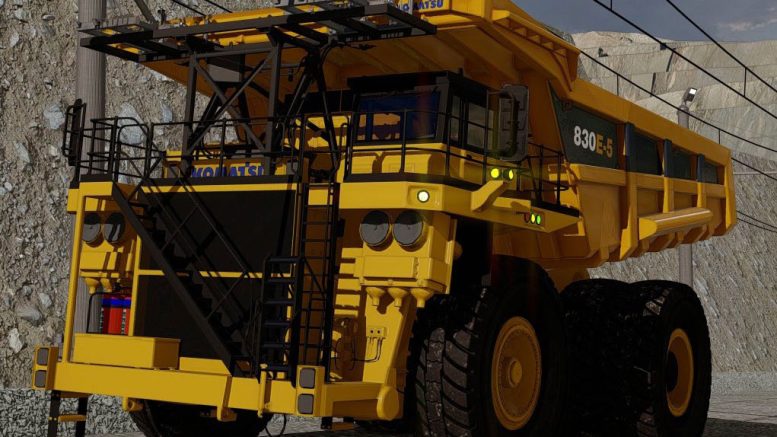The equity of Copper Mountain Mining (TSX: CMMC; ASX: C6C) fell to a fresh 12-month low on Monday after the company said low grades and mill throughput resulted in a 48% year-on-year drop in second-quarter copper output from its eponymous mine in British Columbia.
President and CEO Gil Clausen said in a statement the company was dealing with “a number of challenging issues” in the three months through June that contributed to lower production and higher costs, prompting a revised lower production forecast.
According to the executive, most of the impact on production came from lower-grade ore and crushing circuit throughput. Mining the last benches of Phase 2 from a lower grade area and the top cuts of the new North Pit, which was lower-grade and oxidized with some high clay content zones, created a “sticky feed” that impacted crushing circuit performance with clogged chutes and crushers plugging.
Copper Mountain also attributed the performance to a stripping delay in Phase 4, which slowed down the release of higher-grade clean ore. “Post quarter end, we started the ore release in Phase 4, and with the first half of the year behind us, we plan on delivering the higher production levels forecast for the remainder of the year,” said Clausen.
Production in the second quarter was 16.1 million lb. of copper equivalent, including 13.3 million lb. of copper, 5,792 oz. of gold, and 61,628 oz. of silver.
All-in sustaining costs doubled year-on-year to US$3.65 per lb., mainly a result of lower grades, with the feed grade in the quarter averaging 0.23% copper, compared with the 0.42% copper achieved in the comparable period a year earlier.
The company also noted higher-than-normal levels of employee absenteeism due to, among other things, Covid 19, supply chain issues and ongoing plant improvement projects as also impacting production.
The company expects to have finished mining through the bottom of Phase 2 and working through the top oxidized benches of the North Pit and will advance the clean ore in the North Pit and Phase 4, which will allow for higher recovery and support processing at full capacity.
Clausen further said the company expected grades to average around 0.3% copper for the remainder of the year as the company mainly mines higher-grade ore from Phase 4 from late July.
Clausen also expects copper recovery to increase with the completion of a plant optimization and improvement project. “With increased grade, recovery, and throughput, we expect strong production in the second half of 2022, with the fourth quarter being the strongest quarter, and carry that production through 2023 and 2024,” said Clausen.
Copper Mountain is advancing engineering work on a new life-of-mine technical study that will include a newly updated mineral reserve and mineral resource estimate for the Copper Mountain mine for publication by September. The study comprises trade-off analyses and scenario plans to evaluate throughput options for mill expansion.
Copper Mountain reduced its annual production guidance to 65 to 75 million lb. copper from expecting to achieve the lower end of 80 to 90 million lb. copper in its yearly guidance issued in April. It expects to process the higher-grade Phase 4 ore throughout the remainder of 2022 and through 2023. As a result, the company is reiterating its 2023 production guidance range of between 90 to 105 million lb. of copper.
At $1.34, Copper Mountain’s Toronto-quoted shares have lost nearly 63% in value over the past 12 months, giving it a market capitalization of $274.63 million.



Be the first to comment on "Copper Mountain shares dip on weak Q2 performance"